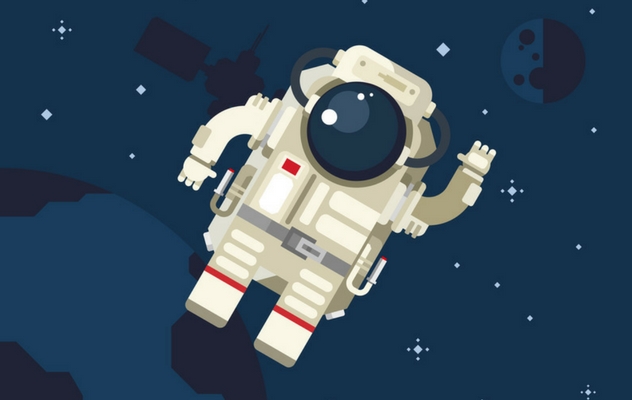
For most of us, the dream of becoming an astronaut will forever remain unfulfilled. The skills, experience, dedication and physical demands are - pardon the pun- out of this world, and out of reach for most of us.
For example, most people know that Tim Peake piloted fighter jets before training to become an astronaut, but did you also know he had to become somewhat fluent in Russian? How else can you hope to help pilot the iconic Soviet Soyuz rocket?
Another option, seemingly impossible on a teacher’s salary, is space tourism. But how much would it cost?
In early 2017, SpaceX caused headlines (again) when it announced that two mystery tourists had put down a “significant deposit” to take a round-trip around the moon. Unfortunately, they didn’t specify just how expensive the trip would be.
There are some figures available, however. In the 1970’s the Apollo program cost NASA around £15 billion- that’s £75 billion in today’s money.
More recently, NASA now pays roughly £60 million to the Russian space agency Roscosmos for a round-trip ticket in a Soyuz capsule to the International Space Station (ISS). The ISS is only around 250 miles away. A journey to the moon would be approximately a thousand times further.
When discussing these ideas in my maths classroom it was agreed the costs- whatever they were- would be astronomical. It also leads to the following question:
Would it be cheaper to build a rocket to get there or instead to create a stack of pound coins to reach from Earth to the moon?
This was actually a question Queen Elizabeth School, in Dorset, asked their Core Maths students.
How would your students approach the question? What mathematics would be covered? Can your students develop a reasonable model and justify their solutions?
Core Maths is a new Level 3 qualification for students who achieved a Grade 4 (formerly a Grade C) at GCSE mathematics and wish to develop their practical skills so they may apply these in work, study or everyday life. The Core Maths resource that explores this question can be found here.
Have a go in your classroom and let us know what answers your students suggest.
A supermoon spectacular
On 31 January 2018, there was be a lunar event taking place, known as the Super blue blood moon.
You may also be interested in…
The ESERO-UK site contains hundred more teaching ideas that bring space into the maths classroom, including the Principia resources which explore a range of secondary mathematics topics through the context of space.
The full collection of Core Maths Support Programme resources can be found on STEM Learning’s website.
